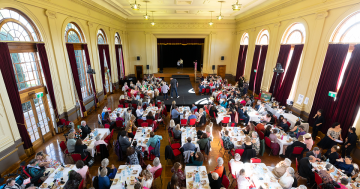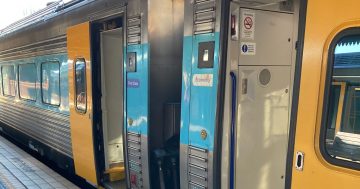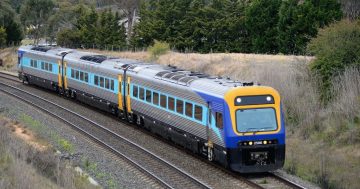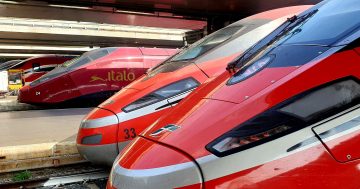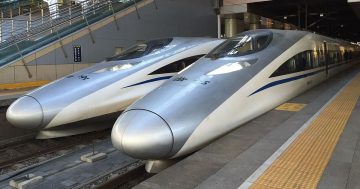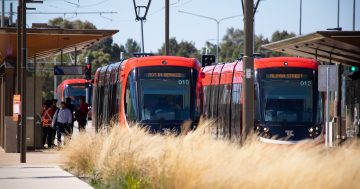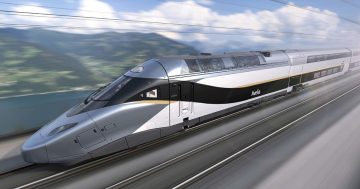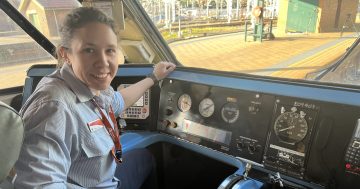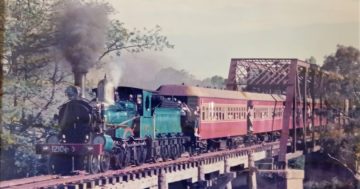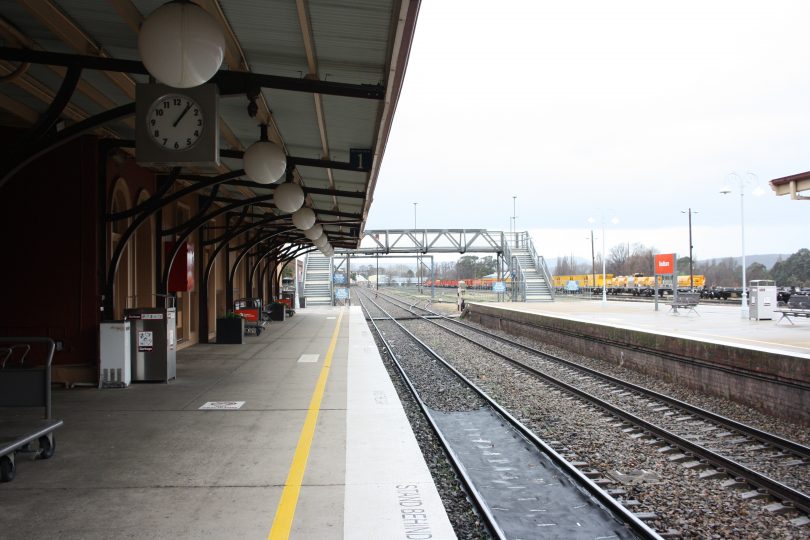
The Grattan Institute says regional towns have more pressing infrastructure needs than faster rail. Photo: File.
The dream of a fast rail corridor between Canberra and Sydney has been dealt a major blow by a new report that claims bullet trains are unsuitable for Australia and rail renovations are “unlikely to fulfil the overblown claims made for them”.
The report from the Grattan Institute has labelled the East Coast bullet train that would connect Melbourne and Brisbane via Sydney and Canberra an “expensive folly” that “would add to greenhouse gas emissions for decades”.
“While a bullet train may be a captivating idea, it is not realistic for Australia,” the report states.
“Our population is small and spread over vast distances; the countries most like us – Canada and the US – do not have bullet trains either.
“Nor would a bullet train be the climate saver we might imagine. Yes, once it was up and running it would emit far less than today’s planes. But construction would take nearly 50 years and be enormously emissions-intensive, hindering rather than helping efforts to reach net-zero emissions by 2050.
“Even at the best of times, it is a big ask for every taxpayer in the land to stump up $10,000 primarily for the benefit of business travellers between the east-coast capitals.”
ACT Chief Minister Andrew Barr says that it is important to distinguish between “faster rail” and “bullet trains”, as he maintains his push to reduce travel times between Canberra and Sydney.
“This is not about ‘high speed’ or ‘very fast’ rail, it is about improving the existing rail corridor, reducing travel times and making rail competitive with driving or flying,” he said.
“We know that Canberrans want and will use a faster train service [as] 57 per cent of Canberrans said they would be more likely to travel via train between Canberra and Sydney if the travel time was between two to three hours.”
However, the report also claims that the proponents have overestimated the possible benefits of the new rail to regional cities. While upgrades to existing regional passenger lines may have a positive cost-benefit analysis, it is unlikely to achieve “all that their advocates hope”.
“Rail renovations may make sense in Australia and may improve life for people in regional cities. But even so, they are unlikely to fulfil the overblown claims made for them: that they would take [the] pressure off crowded capital cities while at the same time boosting struggling regions,” the report says.
“Australia’s regional towns have more pressing infrastructure needs than faster rail, including better internet and mobile connectivity and freight links.
“Governments would help a lot more CBD commuters by improving transport options for people in the outer suburbs rather than the regions. Bullet trains are unsuitable for Australia [and] governments should stop using public money to continually study proposals for bullet trains.”
But Mr Barr disputes this, telling Region Media that regional towns would benefit greatly from the new connectivity.
“Faster rail along the Canberra to Sydney corridor presents a unique and significant opportunity to improve connectivity and strengthen the economic, service and social relationship between Canberra, its surrounding regions including the regional cities of Goulburn and Queanbeyan, and Greater Sydney,” he said.
“Better and faster rail services would not only expand and enhance the connectivity but would unlock further opportunities for tourism, freight and affordable housing along the corridor.
“Canberra and Sydney are centres for health, education and employment, and better transport connectivity between these cities is sorely needed.”
A 2013 feasibility study into the fast rail corridor concluded that the benefits would greatly outweigh its costs, a point which the Grattan Institute concedes on the caveat that this is not the case almost a decade later.
“It is unlikely that this would be the finding of a rigorous independent study now. That is because the 2013 result was skewed by a cherry-picked discount rate, by ignoring the question of how to pay the enormous costs of construction, and because the study was done before the decision was made to build a second Sydney airport,” the report says.
The construction costs for fast rail would be around $130 billion in 2019 dollars, with a ‘worst case’ estimate of $145 billion and a ‘best case’ estimate of $116 billion the report said, citing the original 2013 study.
Mr Barr and NSW Premier Gladys Berejiklian – who took the same position on fast rail to last year’s state election – have both lobbied the Federal Government to fund a business case that would look into decreasing the travel time between the two cities.
Infrastructure Australia (IA) – Australia’s infrastructure advisor – recently put the project on its 2020 Infrastructure Priority List.
It said the corridor should be prioritised to “provide more transport options for travellers, improve travel time reliability for rail passengers and reduce pressure on the air corridor”.
The route between Canberra and Sydney currently takes more than four hours by train, while driving takes around three hours. IA flagged that upgrades in rail speed would also lead to a reduction in cars on the Hume and Federal highways as train travel would become a more attractive transport option.
The ACT and NSW governments have anted up $6 million and $5 million respectively to investigate the advantages of upgrading the rail line.


 Claire Mcdonnell’s enthusiasm for MTB is absolutely…
Claire Mcdonnell’s enthusiasm for MTB is absolutely… 








